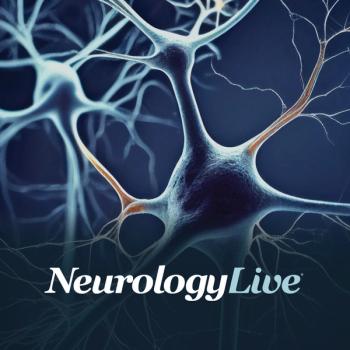
RWJBarnabas and Rutgers Health Researchers Pursue Advanced Neurostimulation Technology to Treat Epileptic Seizures
Key Takeaways
- Epileptic seizures can severely limit individuals' daily activities, and current treatments are not always effective in achieving seizure freedom.
- A $2.8 million NIH grant supports the development of advanced responsive neurostimulation devices to predict and prevent seizures.
Researchers recently received a $2.8 million 3-year grant to develop next-generation implantable responsive neurostimulation devices for patients with epilepsy.
Epileptic seizures have a debilitating impact on individuals. Seizures can limit their ability to earn a living, pursue an education or even drive a car. In some cases, medications and more advanced interventions such as surgery and laser ablation can help by reducing the seizures’ frequency or eliminating them altogether. But what happens to patients who do not respond to these treatments?
Researchers from RWJBarnabas Health and Rutgers Health, along with several other institutions, have been awarded a $2.8 million, 3-year National Institutes of Health grant to fund a program to develop the next generation of responsive neurostimulation devices.1 The devices can be implanted in the brains of people with severe epileptic seizures to reduce or eliminate their occurrence.
According to
“Patients with this condition are deprived of the freedom and power to control their actions consciously, one of the most critical capacities that defines our common humanity,” Sun told NeurologyLive®. “While the current RNS device offers a reduction in seizure frequency among most patients receiving it, it only leads to a small fraction of them being seizure-free. Patients and caregivers, however, generally need to become free of seizures to be able to drive, hold down a job or education, or live independently. This represents a sizeable treatment gap.Our project aims to improve the efficacy of these devices in helping patients become unshackled from seizures.”
Sun and his team hope to design enhanced devices with the ability to predict seizures and deliver stimulation to wider brain areas. “Despite its design as a device to terminate seizures in response to seizure onset, similar to a cardiac defibrillator, the current Responsive Neurostimulation (RNS) device does not function this way,” Sun said. “Patients with epilepsy, on average, have approximately eight seizures a month. The RNS device, however, deploys more than 1000 stimulations a day. We believe that by designing and implementing a new generation of closed-loop neurostimulation devices capable of accurately predicting seizure onset, they may help more patients achieve seizure freedom.”
Researchers will focus on testing their “novel” seizure prediction algorithms and broader neurostimulation strategies on temporal lobe epilepsy, but Sun believes many patients can potentially benefit from the next generation of these devices. “While temporal lobe patients are the target population for this research, we believe that the new generation of closed-loop neurostimulation devices can benefit many patients with other types of medically refractory epilepsy,” Sun said.
As always, patient safety and preventing side effects are researchers’ top priorities. “These technologies need to be safe and effective for patients - their use cannot lead to unwanted side effects,” Sun added.
REFERENCES
1. Rutgers and RWJBarnabas Health Receive $2.8 million to Develop New Devices to Treat Epilepsy. News release. RWJBarnabas Health. August 27, 2025. Accessed October 16, 2025. https://www.rwjbh.org/blog/2025/august/rutgers-and-rwjbarnabas-health-receive-2-8-milli/
Newsletter
Keep your finger on the pulse of neurology—subscribe to NeurologyLive for expert interviews, new data, and breakthrough treatment updates.


































